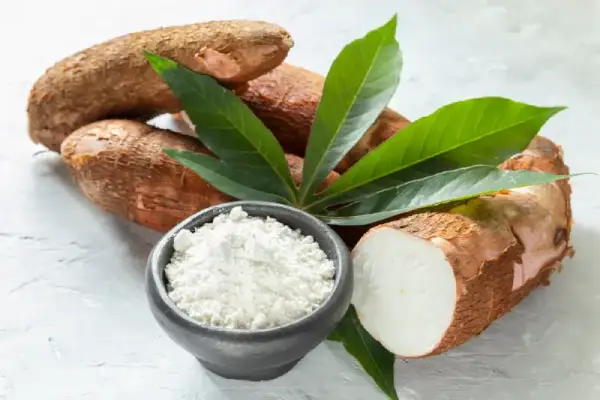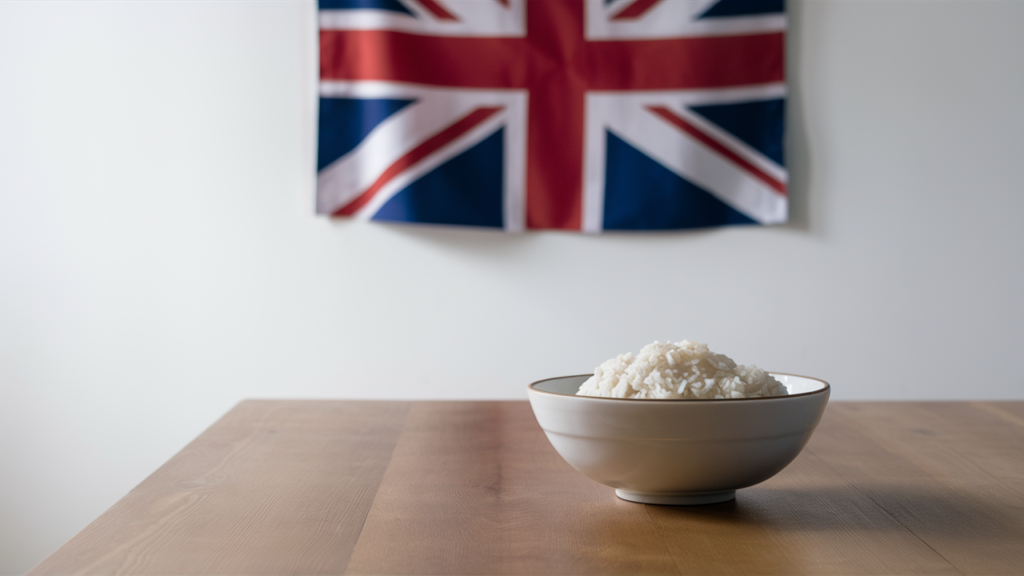Introduction
Tapioca starch, derived from the cassava root, has been a staple in many cultures for centuries. Recently, it has gained popularity in the health and wellness community for its versatile uses and health benefits. Here are 10 tapioca starch benefits to consider incorporating tapioca starch into your diet.
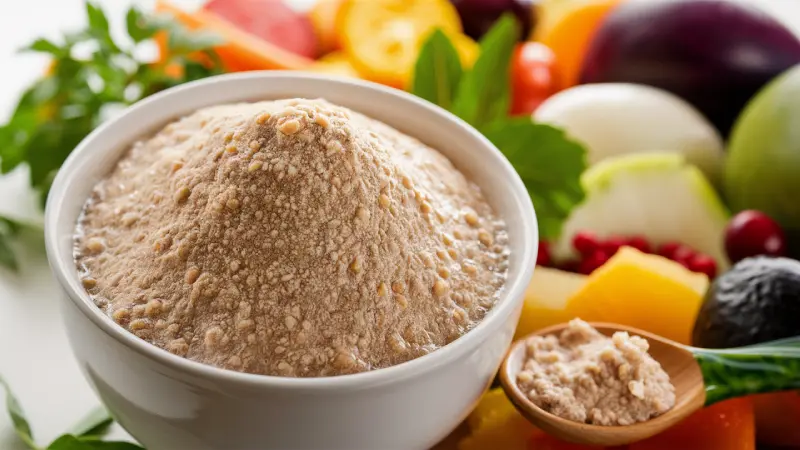
1. Gluten-Free Alternative
Basically, Tapioca starch is a fantastic gluten-free alternative to wheat and other grains. This makes it an excellent choice for those with celiac disease or gluten intolerance.
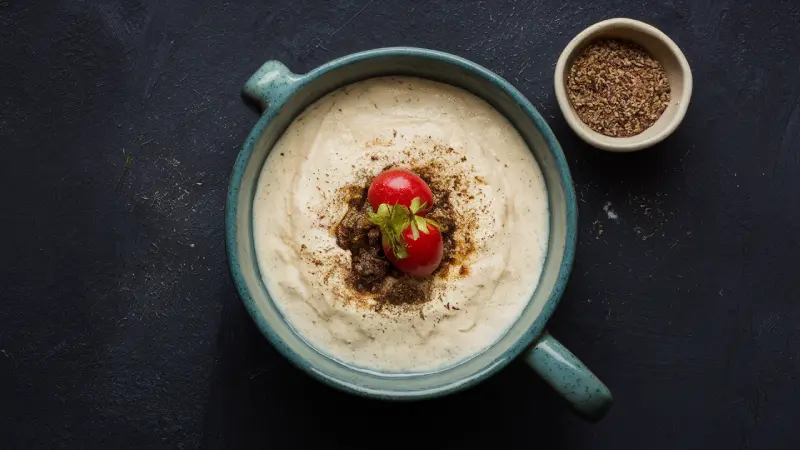
2. Supports Weight Management
Especially, with only 100 calories per quarter-cup serving, tapioca starch can be a lower-calorie alternative to other thickeners, aiding in weight management efforts.

3. Promotes Digestive Health
As a resistant starch, tapioca aids digestion by promoting the growth of beneficial gut bacteria, which can lead to improved gut health and regularity.
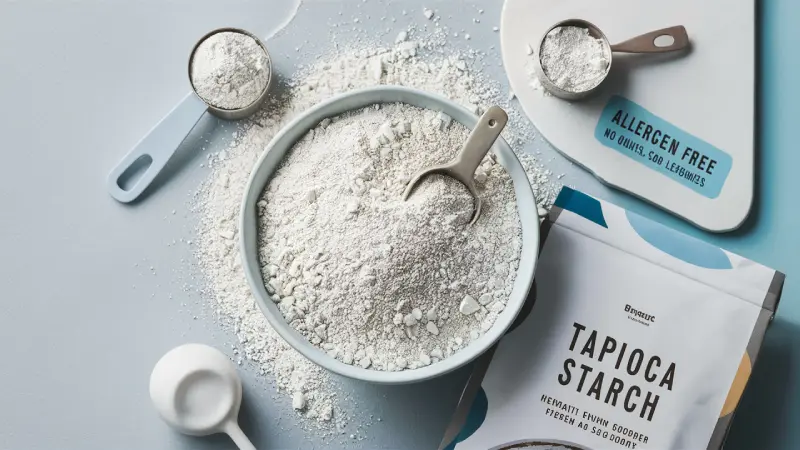
4. Allergy-Friendly
Tapioca starch is free from common allergens such as nuts, grains, and legumes, making it safe for those with food allergies.
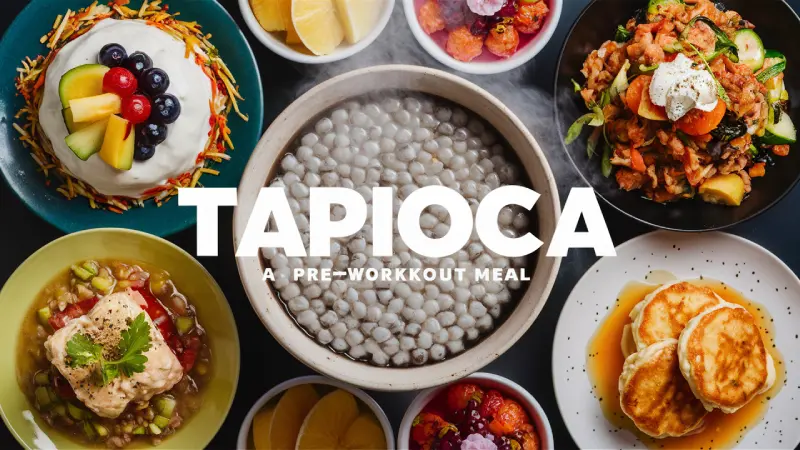
5. Boosts Energy Levels
Tapioca is predominantly a carbohydrate, which the body can easily convert into quick energy, making it a great option for pre-workout meals.
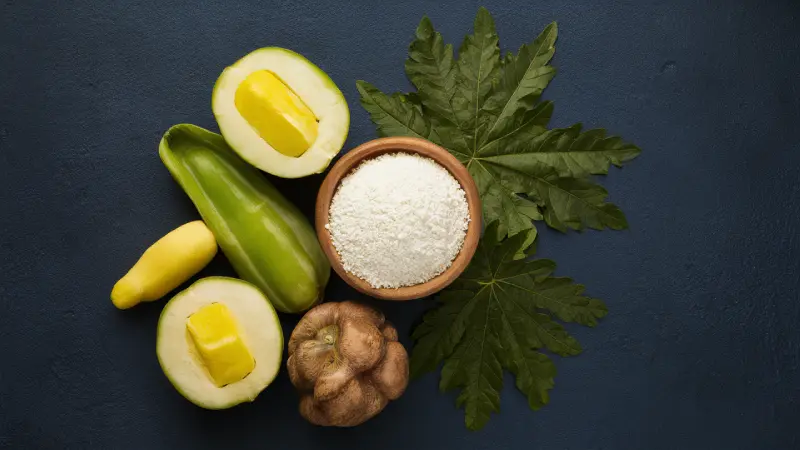
6. Supports Bone Health
Calcium, which is essential for bone health, is found in tapioca. Regular consumption can contribute to maintaining strong bones.

7. Heart-Healthy
Basically, with no saturated fats, tapioca starch can be part of a heart-healthy diet, helping to maintain cholesterol levels.
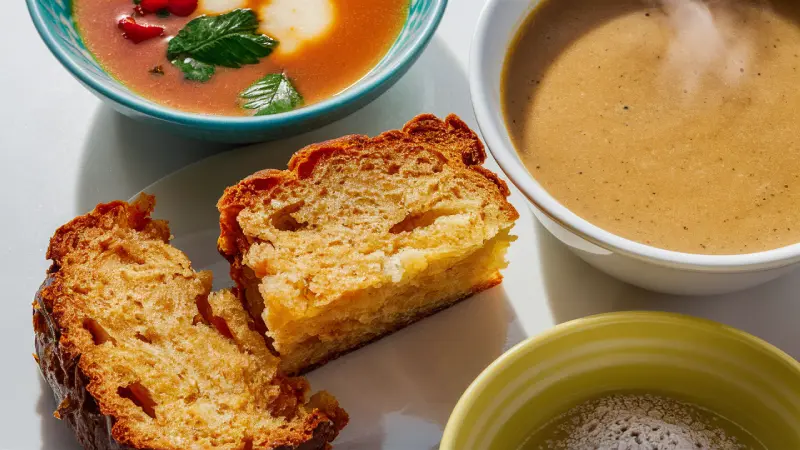
8. Versatile in Cooking
Tapioca starch can be used in a variety of dishes, from thickening soups and sauces to creating chewy baked goods, offering a versatile option for healthy cooking.
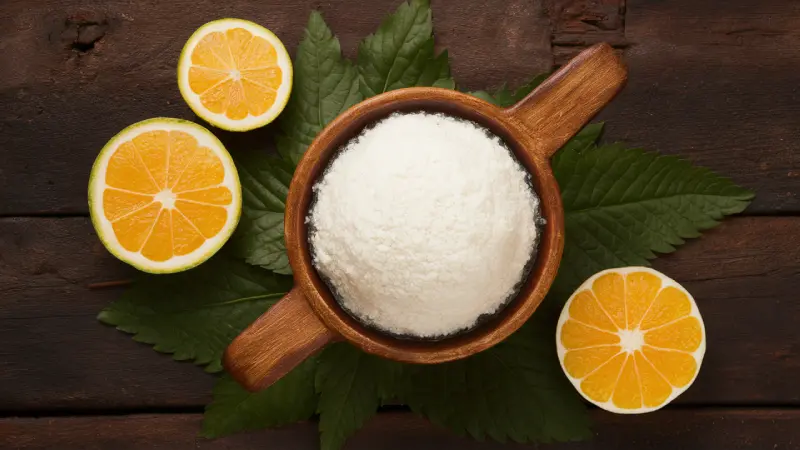
9. Aids in Iron Absorption
Tapioca contains iron, and when combined with vitamin C-rich foods, it can enhance iron absorption, which is crucial for preventing anaemia.
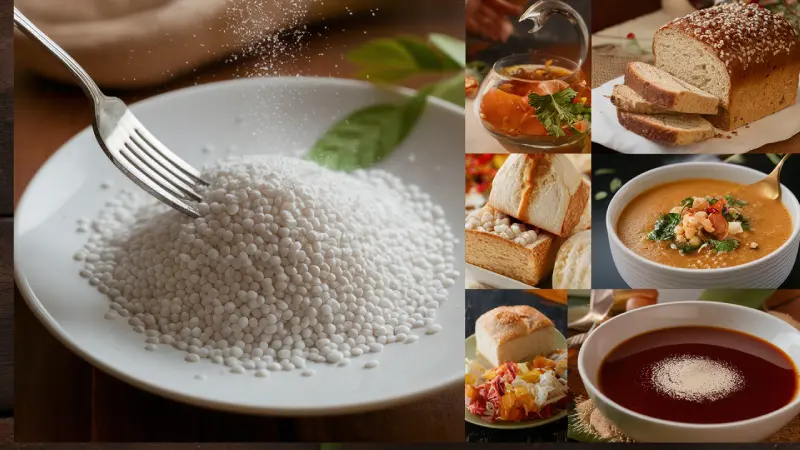
10. Enhances Food Texture and Quality
Tapioca starch is renowned for its ability to improve the texture and quality of food. It provides a unique chewiness to baked goods and creates a glossy finish to sauces and soups, enhancing the overall sensory experience of dishes.

Conclusion
In conclusion, tapioca starch is not only a versatile kitchen ingredient but also offers numerous health benefits. Whether you’re looking to manage your weight, improve digestion, or simply find a gluten-free alternative, tapioca starch might be the ingredient you need. Remember to enjoy it as part of a balanced diet for the best health outcomes.
FAQs
Q1: What is tapioca starch and how is it made?
Tapioca starch is a fine, white powder extracted from the pulp of the cassava root. It is made by washing and pulping the root to extract the starch, followed by evaporating the water to leave the fine tapioca powder.
Q2: Can tapioca starch be used as a substitute for wheat flour?
Yes, tapioca starch can be used as a thickening agent in place of wheat flour, especially in gluten-free recipes. However, it is not a direct one-to-one substitute and may require combination with other flours for baking.
Q3: Is tapioca starch suitable for people with diabetes?
Tapioca starch has a high carbohydrate content, so it should be consumed in moderation by people with diabetes. It’s best to consult with a healthcare provider for personalized advice.
Q4: Are there any side effects of consuming tapioca starch?
Tapioca starch is generally safe for most people when consumed in food amounts. However, as with any food, overconsumption can lead to digestive issues or an imbalance in one’s diet.
Q5: How does tapioca starch benefit digestive health?
Tapioca starch is a resistant starch, which means it resists digestion in the small intestine and ferments in the large intestine. This fermentation process feeds beneficial bacteria and can contribute to a healthy gut microbiome.



